- Joined
- 21 January 2015
- Messages
- 12,162
- Reaction score
- 16,380
There is also one in Arizona but that might be frowned on.There are a number of craters on Lunar Farside that would make *fantastic* sites for replacements.
There is also one in Arizona but that might be frowned on.There are a number of craters on Lunar Farside that would make *fantastic* sites for replacements.
I heard there was a gash in the dish, but that's a bit more damage than I'd been anticipating.
I heard there was a gash in the dish, but that's a bit more damage than I'd been anticipating.
Apart from the damage to the instruments, I wonder jsut how much actaul loss there would be if they fired up the scope now. The total percentage of area lost seems quite small.
True, but how much more is subtly distorted out of spec?
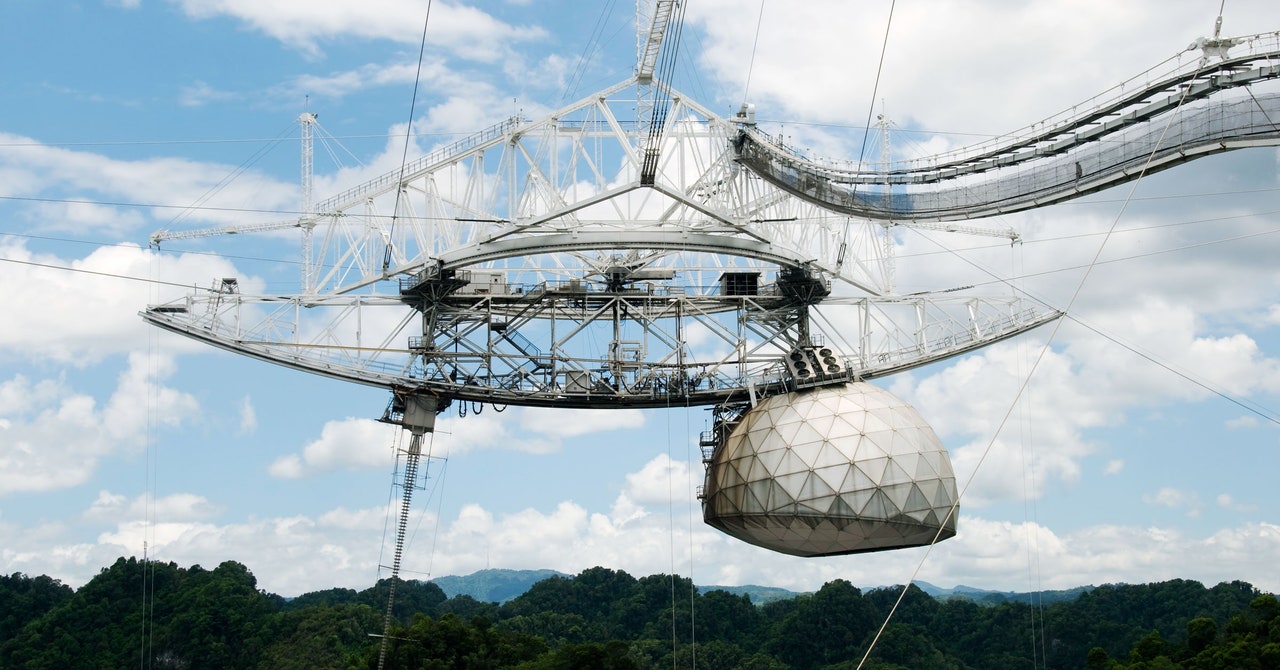

My first thought was the James Bond movie "Goldeneye" from 1995.I hadn’t even heard about this until I saw the video.
Observatory officials are still determining the full extent of the damage, as well as a cost and schedule estimate for the repairs, but Johnson didn’t expect the telescope to be up and running soon. “This is going to be several months, certainly, that the antenna is going to be out of operation,” he said.
The repair work will be led by the NSF. “We’re here to support them in understanding what it is going to take,” he said, adding that none of the radar equipment used by NASA appears to have been damaged in the accident.
With Arecibo out of service, NASA is temporarily without a radar to aid in its planetary defense efforts. However, Johnson said that work replacing the radar system on a Deep Space Network antenna in California is nearing completion. A new klystron, which generates the radio signals used by the radar, has been installed on the antenna, and he estimated the radar should be in operation as soon as the end of the month.

 spacenews.com
spacenews.com
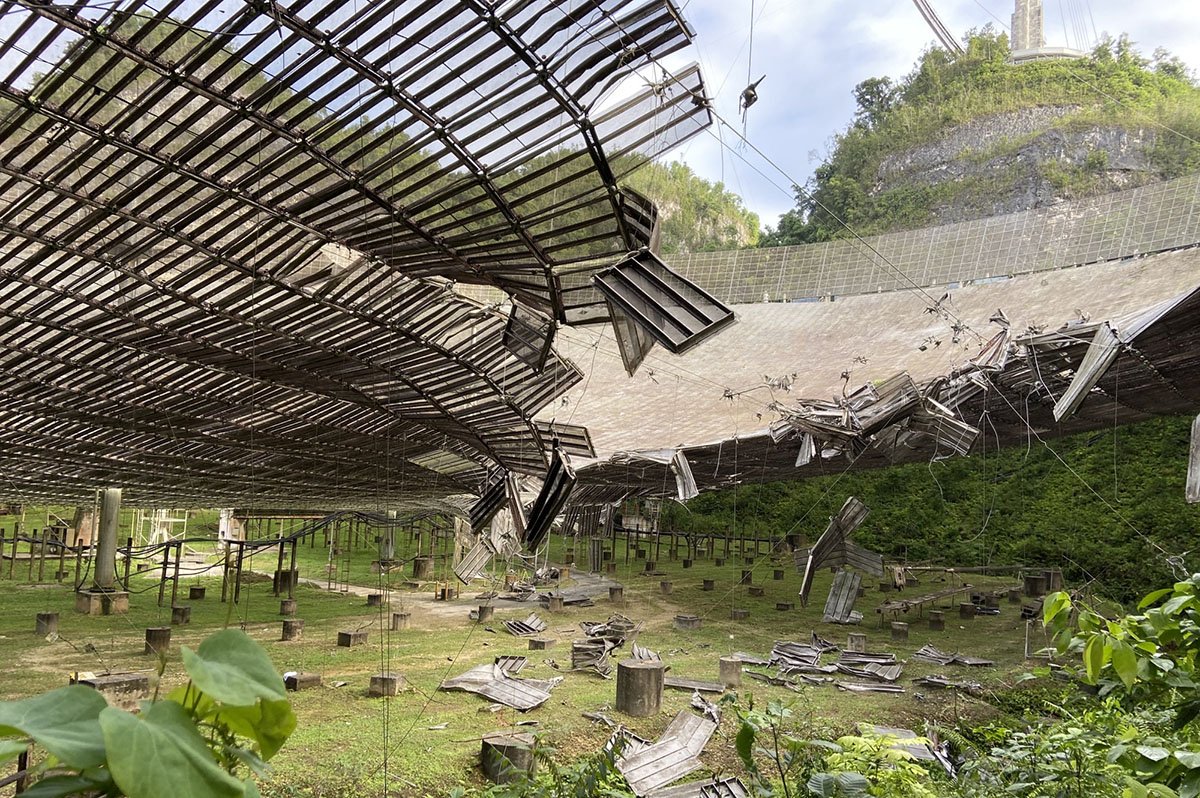
 www.upi.com
www.upi.com

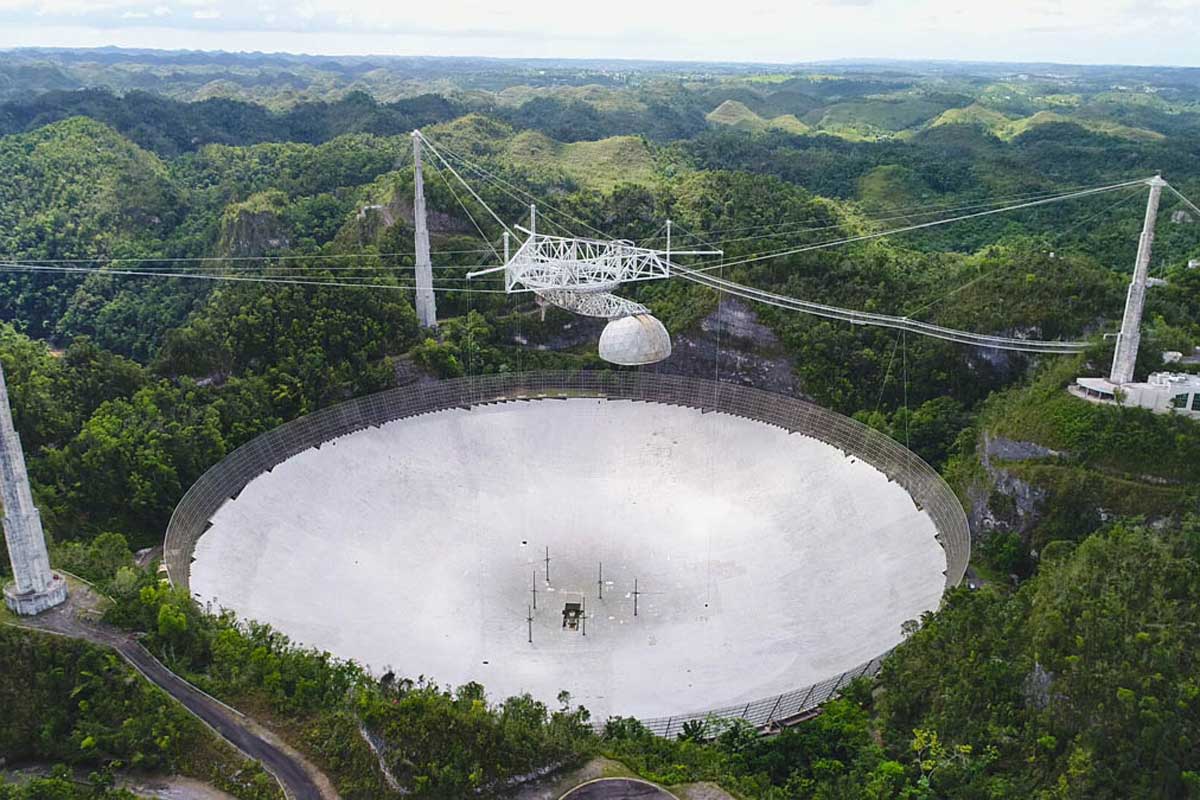
 www.ucf.edu
www.ucf.edu
More to the above:

Second Cable Fails at Arecibo, Causing Even More Damage to Famed SETI Dish
Another cable has fallen onto the reflector dish at the Arecibo Observatory in Puerto Rico, in yet another frustrating setback for this beloved facility.gizmodo.com

A Second Cable Fails at NSF’s Arecibo Observatory in Puerto Rico
A main cable that supports the Arecibo Observatory broke Friday at 7:39 p.m. Puerto Rico time. Unlike the auxiliary cable that failed at the same facilitywww.ucf.edu
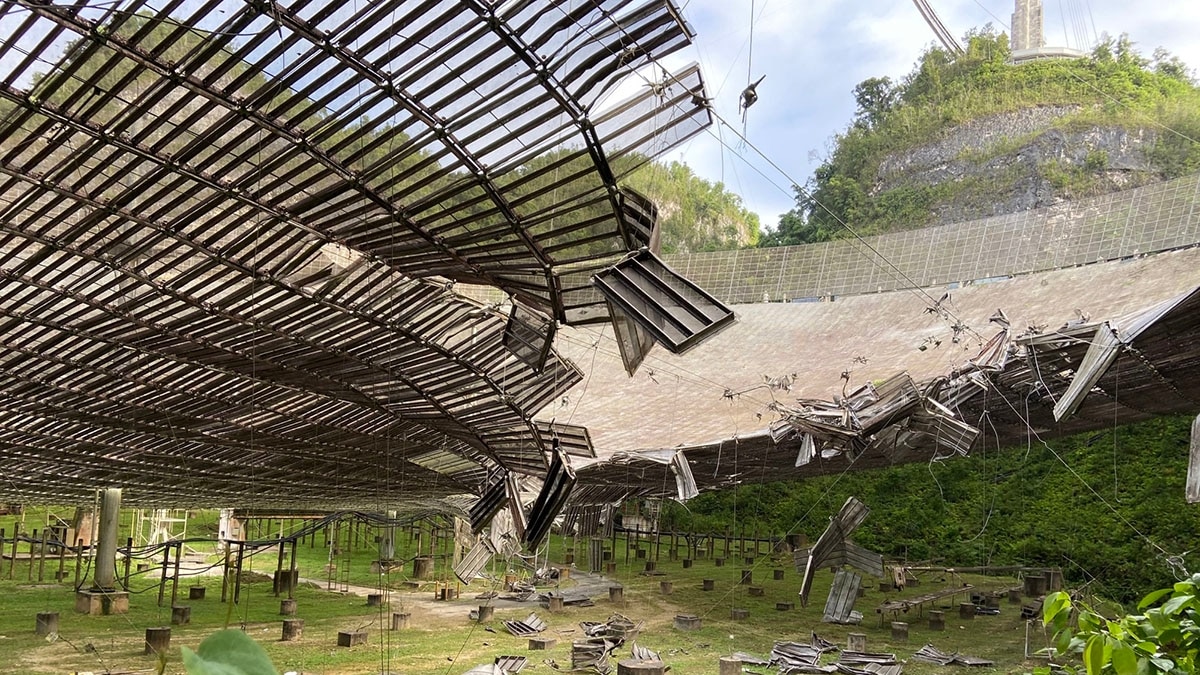
Arecibo is at risk of collapsing.

Arecibo Observatory in Puerto Rico is at risk of collapsing
Arecibo Observatory, which has discovered planets, searched for alien life, and appeared in classic films, is in critical danger after two cables supporting the telescope failed.www.nationalgeographic.com
I have a feeling it wouldn’t be. I point the finger at the NSF over this situation as had they been more willing to fund the maintenance of the observatory over the years, they wouldn’t be looking at a more substantial bill now. That’s of course if they don’t just wash their hands of it deciding that it’s to costly a repair.Arecibo is at risk of collapsing.

Arecibo Observatory in Puerto Rico is at risk of collapsing
Arecibo Observatory, which has discovered planets, searched for alien life, and appeared in classic films, is in critical danger after two cables supporting the telescope failed.www.nationalgeographic.com
What will happen now if Arecibo collapses? Will they build a replacement? I cannot see the astronomers that run Arecibo let the site not be used again. It is sad that this has happened.

 spacenews.com
spacenews.com

NSF to decommission Arecibo radio telescope
The NSF announced Nov. 19 it will perform a “controlled decommissioning” of the giant radio telescope at the Arecibo Observatory in Puerto Rico, citing recent damage that made it unsafe to operate …spacenews.com
Prudence would govern to backup this analysis with a complementary one. Usually when a cable snaps, you don't take down the bridge...
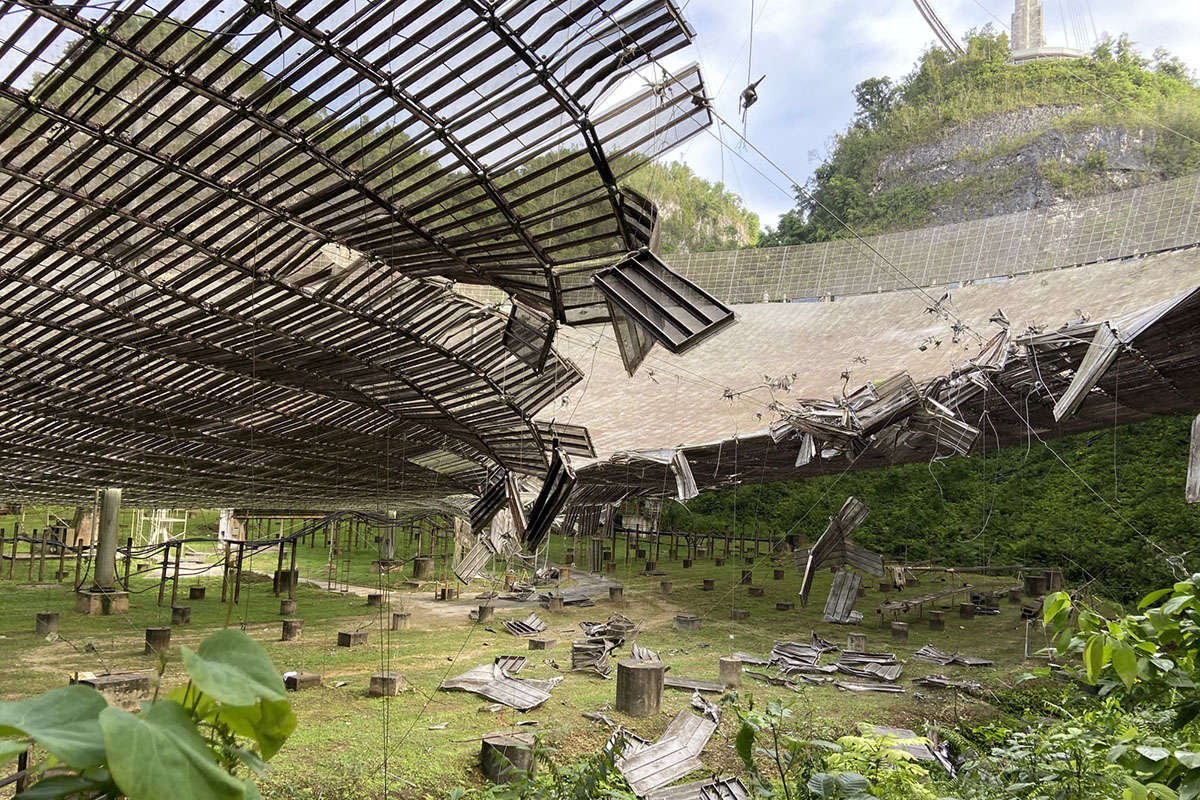

NSF to decommission Arecibo radio telescope
The NSF announced Nov. 19 it will perform a “controlled decommissioning” of the giant radio telescope at the Arecibo Observatory in Puerto Rico, citing recent damage that made it unsafe to operate …spacenews.com
Prudence would govern to backup this analysis with a complementary one. Usually when a cable snaps, you don't take down the bridge...
Also, after the incident engineers determined the weight it bore was only at 60% of its minimum breaking strength, and it was a calm day (no wind). Apparently the problems in the cable were deeper than suspected. This also raises concerns that the remaining 11 cables may be worn more than previously thought. No one knows if the other cables are damaged or not, or if they can carry the designed load for much longer.
After consideration and an investigation by an engineering team, the NSF concluded that there is no way to fix these problems while still maintaining the safety of any crew who would do the work. Stabilizing or replacing the cable may also accelerate the collapse. The NSF therefore decided to decommission the telescope.
...My wife and I went there about 6 or 7 years ago. It was closed that day but what we could see from the public road that's next to it was really cool. Sad to it go in this way.
China has apparently copied it and has a bigger version in operation.
https://www.wired.com/story/china-fast-worlds-largest-telescope-tourists/My wife and I went there about 6 or 7 years ago. It was closed that day but what we could see from the public road that's next to it was really cool. Sad to it go in this way.
China has apparently copied it and has a bigger version in operation.
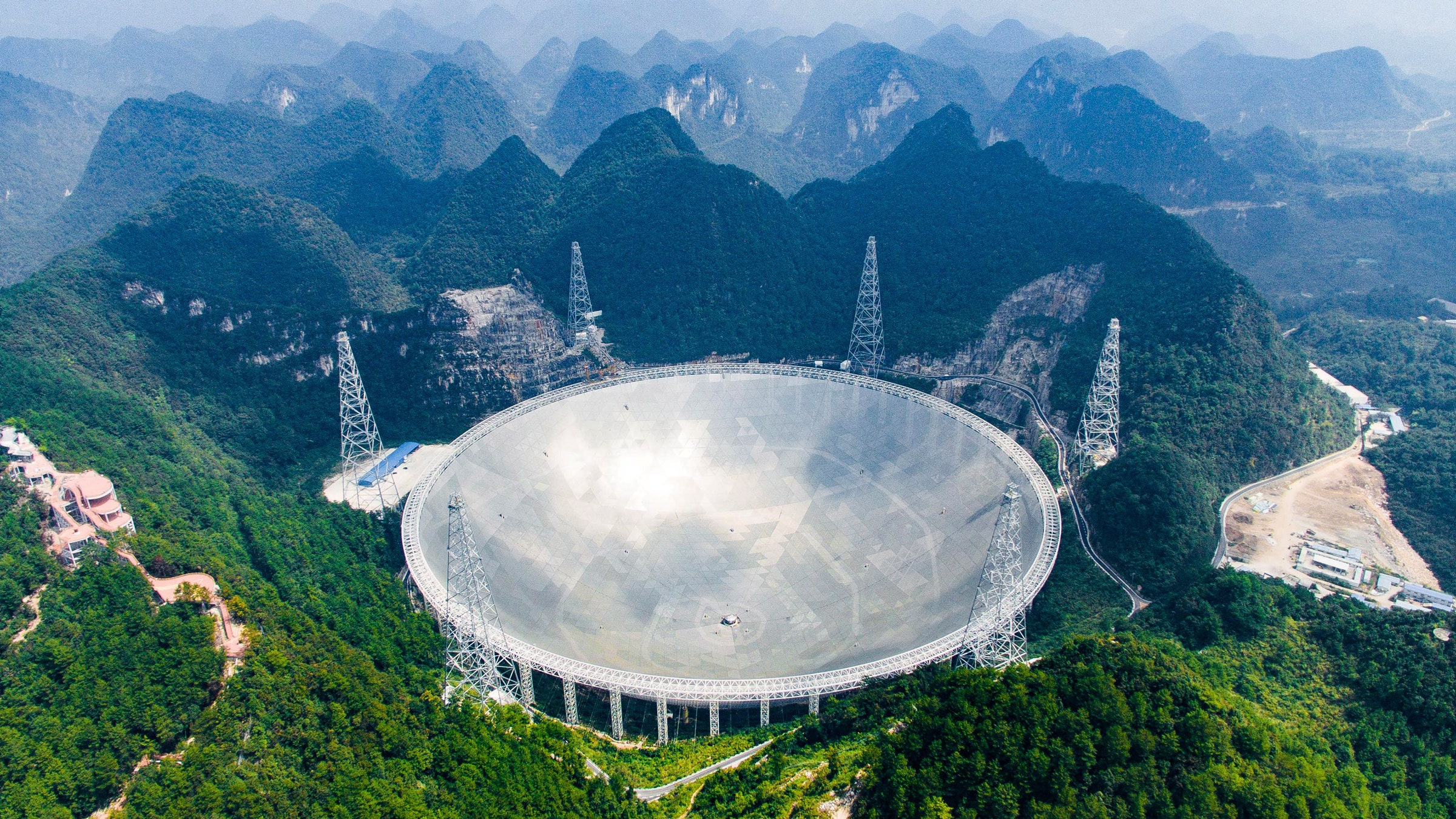

NSF to decommission Arecibo radio telescope
The NSF announced Nov. 19 it will perform a “controlled decommissioning” of the giant radio telescope at the Arecibo Observatory in Puerto Rico, citing recent damage that made it unsafe to operate …spacenews.com
Prudence would govern to backup this analysis with a complementary one. Usually when a cable snaps, you don't take down the bridge...
We will work with @NSF and @UCF to save #AreciboObservatory if at all possible. @RepJenniffer and I are asking Congress and federal agencies to help salvage this iconic structure, & its mission to view distant worlds & identify meteors that threaten earth.
Sent a letter w/ @RepStephMurphy & @RepDarrenSoto to the House & Senate Appropriations Committee requesting the necessary funds to safely stabilize the Arecibo telescope, a valuable scientific asset treasured by all Puerto Ricans & I'm committed to continuing work to preserve it.
Yep. 51st state has a lot of possible locations, all with good seeing, minimal radio noise and constant, easily dealt-with weather:Is there a a temperate location in conus to build a new one? Here we go again outsourcing science to the chinese
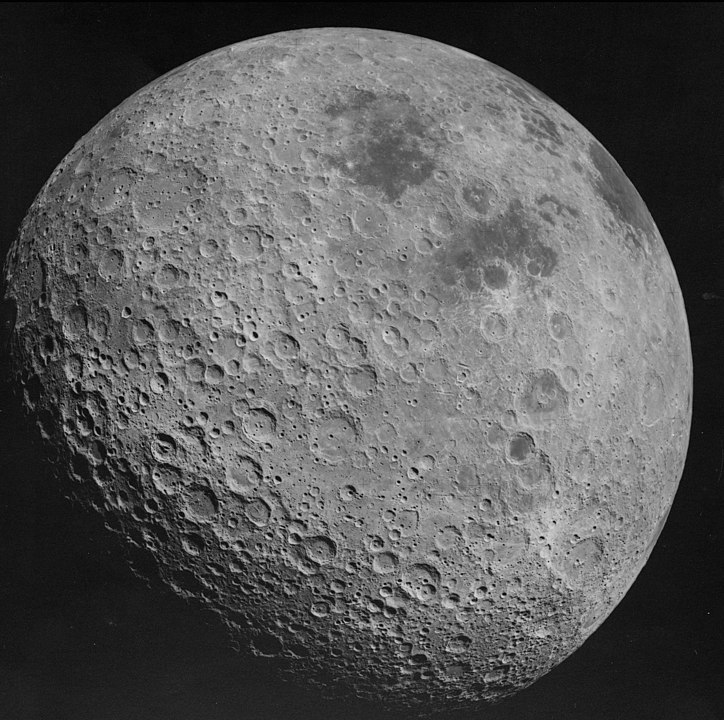
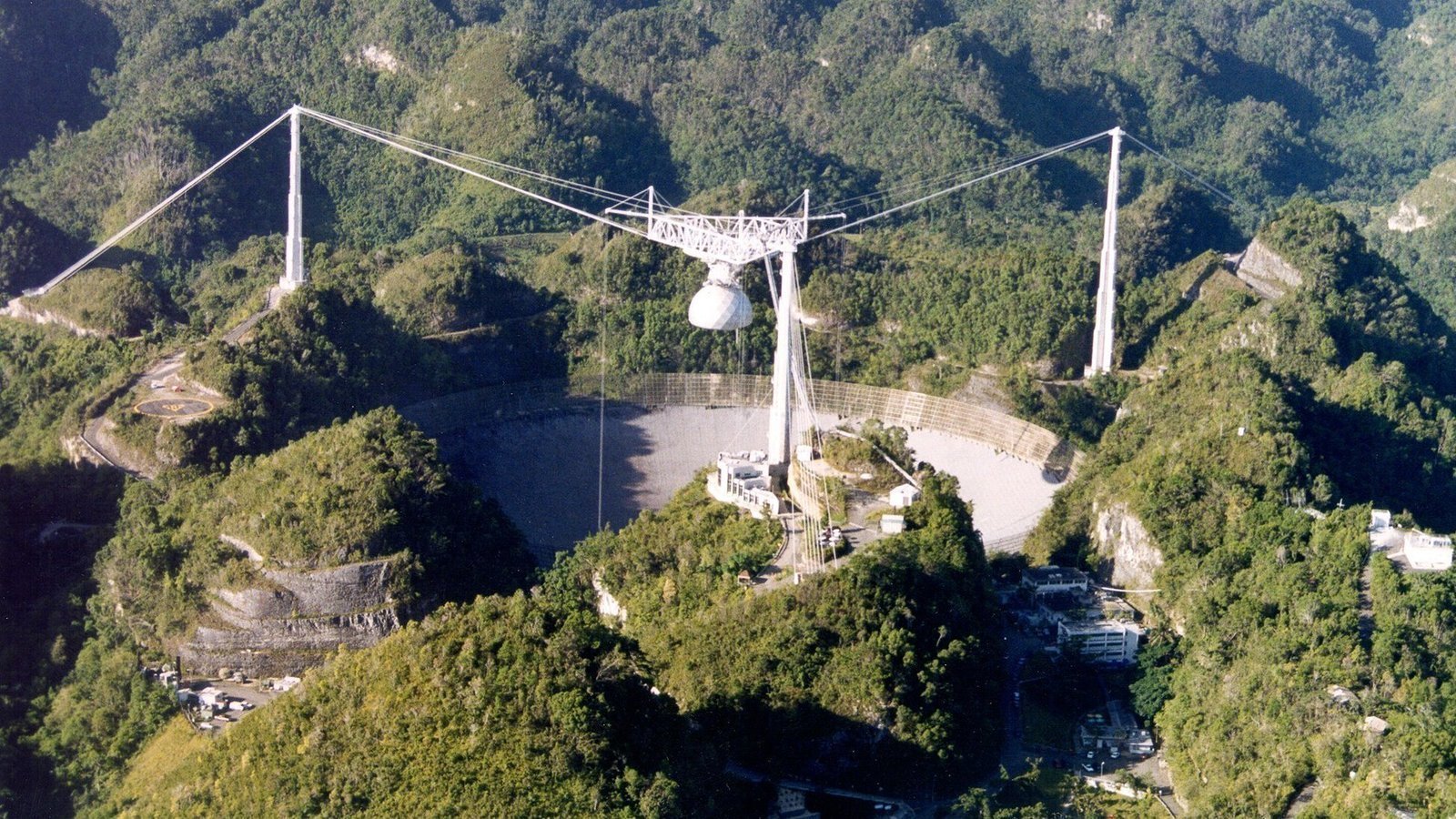
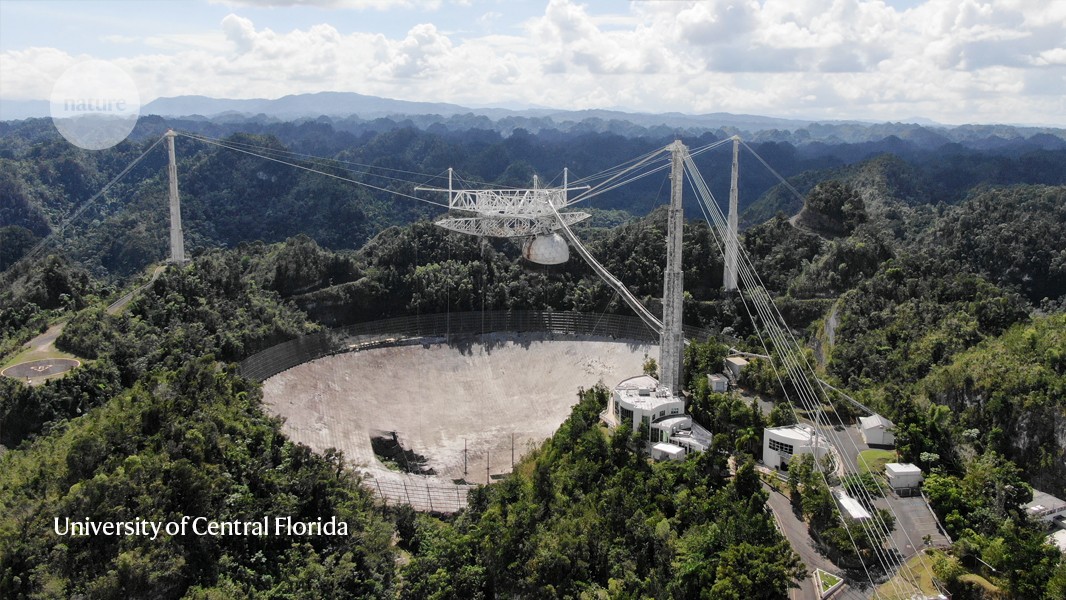
China built a bigger one so it's not like the world lost capability.In a sh te year another bit of bad news
The loss of the Aracibo array is another blow to our modern world in the face of nature.
Legendary Arecibo telescope will close forever — scientists are reeling
New satellite image reveals the damage that shut down the facility, ending an era in astronomical observation.www.nature.com
